Since many people are interested in hibiscus in Hawaii and around the world, let me introduce you to our native hibiscuses:
The name Aloalo is used for "hibiscus" in general. The ancient Hawaiians, though, could see differences and gave them different names.
The term "native Hawaiian" in this posting will mean those plants found in the Hawaiian Islands before the Polynesian people came here.
Hawaii has seven beautiful native Hawaiian hibiscuses. And there are numerous closely related genera, which I hope to write about in the future. Most of these are endemic, or found exclusively, in Hawaii and nowhere else. The following is a brief look at each of them.
White hibiscus
The two white (kea, or keo) species are both known as kokio keÂokeÂo. The petals of both species are white with a red staminal column (the center of the flower). The two species of kokiÂo keÂokeÂo are the only known hibiscus species in the world with fragrance! Some have a mild scent, others stronger. Many hybrid hibiscus have our native white hibiscus in their background and sometimes the fragrance is passed on to the offspring as well.
One species of kokiÂo keÂokeÂo (Hibiscus waimeae) is found on KauaÂi in somewhat drier forests around Waimea Canyon and nearby valleys. It is still fairly common, but there is a rare variety (H. waimeae subsp. hannerae) with much smaller flowers and larger leaves growing in a few remote northwestern valleys of KauaÂi. This subspecies is federally endangered.
A second species of kokiÂo keÂokeÂo (Hibiscus arnottianus) has three recognized subspecies. Two of them are found on OÂahu. H. arnottianus subsp. arnottianus is the most common and is found in both the Waianae & Koolau Mt. Ranges; H. arnottianus subsp. punaluuensis is found in a much smaller range in parts of the Koolau Mts. Hibiscus arnottianus subsp. immaculatus is a third recognized subspecies. It is extremely rare in the wild and found in a very small locations on MolokaÂi. Fortunately they a easy to grow and a large number of the best clones are now available. It is unique in that the staminal column is pure white. These are striking plants in flower! It is federally endangered and nearly extinct in the wild.
The H. arnottianus group generally prefer more water than H. waimeae group.
Yellow hibiscus
The native yellow hibiscuses are very different than your typical hibiscus plants. The ancient Hawaiians could see this difference and thus named them maÂo hau hele. The leaves have more of a sandpaper feel to them and are maple-leaf in shape. The flowers are bright yellow, sometimes with red or maroon in the center. MaÂo hau hele has been chosen as the state flower of Hawaii.
There is one species (Hibiscus brackenridgei) with three varieties growing in dry forests and shrubland throughout the islands. All are federally endangered.
The first variety of maÂo hau hele (subspecies brackenridgei) is found on MolokaÂi, LânaÂi, Maui and HawaiÂi. It grows as a shrub. Flowers can be large or small, depending where they are from.
The second variety (subsp. mokuleianus) is now only found on OÂahu in a few locations in the WaiÂanae Mountains; and is thought to be extinct on KauaÂi. This hibiscus grows to be more tree-like and is the largest of the three varieties. One sure way to tell this one apart from the other two varieties is if you try to pick a flower you will be poked by sharp, cactus-like prickles around the base of the flower. And they do sting too! Enjoy the flowers but best not to pick them.
A third variety of maÂo hau hele (subsp. molokaiana) was thought to be extinct for many years. It was only found on MolokaÂi until recently a small population was discovered in Mâkua Valley on OÂahu. This maÂo hau hele, in my opinion, is the most beautiful of the three varieties and certainly the most rare!
However, all varieties of maÂo hau hele are easy and worth growing. Since they are relatively short-lived plants, it is good to make fresh cuttings every so many years.
Another yellow-type hibiscus that grows in Hawaii, but is found elsewhere, is Hau (Hibiscus tiliaceus). These commonly seen hibiscuses are usually found around the coastal brackish and fresh waters of the islands and form dense covering. Unless you have the space, it is a species I would not recommend growing this one in the yard.
Pink hibiscus
The only native pink hibiscus is Âakiohala (Hibiscus furcellatus). This beautiful hibiscus grows in elsewhere in the world mostly on low marshy places with a lot of water. Like oneof the subspecies of maÂo hau hele it has sharp prickles around the base of the flower. Still it is a striking plant in flower.
Red hibiscus
There are two native Hawaiian species of red ('ula) hibiscus named kokiÂo Âula.
The first type of kokiÂo Âula (Hibiscus kokio) is uncommon to rare and grows in dry to wet forests of KauaÂi, OÂahu, MolokaÂi, and HawaiÂi. Depending on the variety, the flowers can be red, orange, or rarely yellow. The are listed as a federally endangered species.
The second is kokiÂo Âula (Hibiscus clayi) is very rare and is also listed as a federally endangered species. They only grow in a few dry forests in eastern KauaÂi. The flowers of this species are always red.
In Hawaii it is now legal for people to grow them on their property with the identification tags. But no part of the plant can be sold without a proper permit or license. They all prefer some fertilizer and open sunny areas with good air flow.
Hope this clears up any confusion about the native Hawaiian hibiscuses. I would be happy to answer any questions you may have. Aloha a hui hou
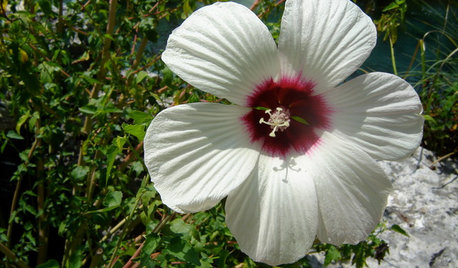
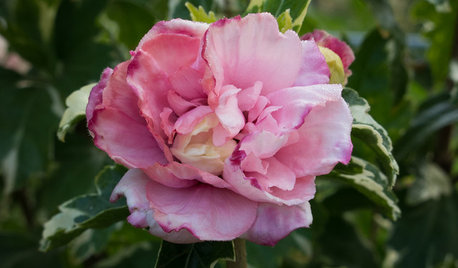
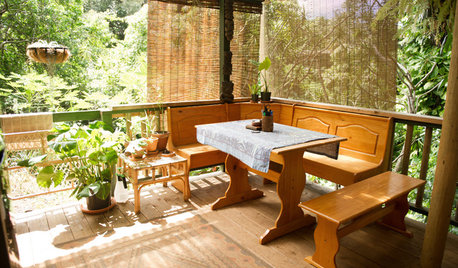



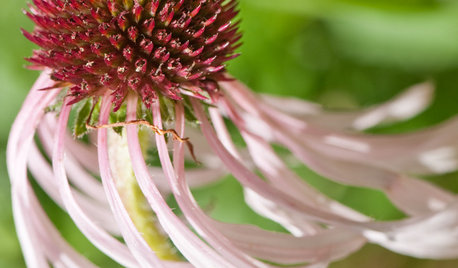
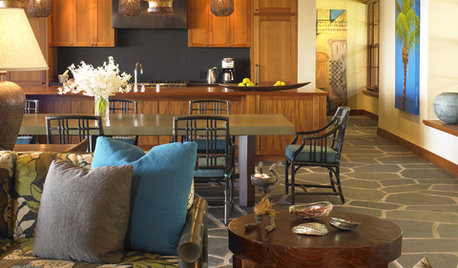

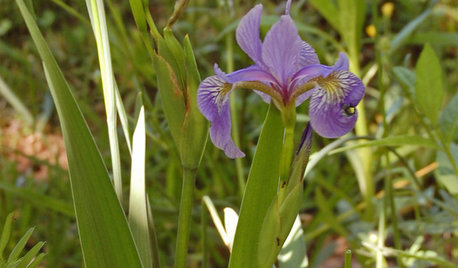



DeweydaveOriginal Author
evidentjoy
Related Discussions
growing native hawaiian plants indoors in Norway??
Q
The Real Hawaii, link to Gerald Carrs Real Hawaiian Plant Gallery
Q
Growers Wanted: Native Hawaiian Plants
Q
Free Native Hawaiian Plants
Q